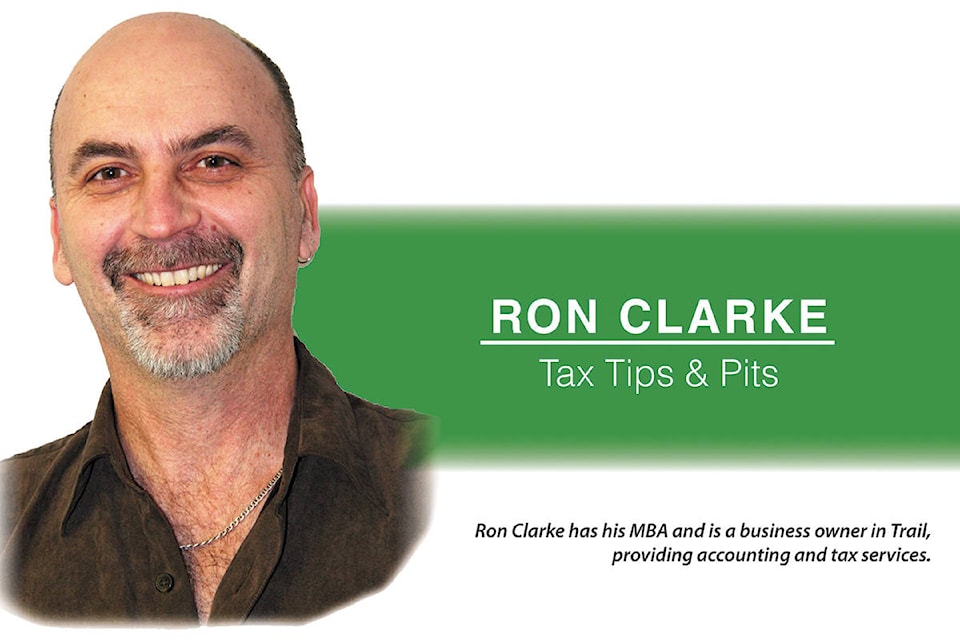By Ron Clarke
Let’s say an aging family member needs you to live with them for the foreseeable future, something becoming more common during this COVID-19 time we are living through.
Or maybe once COVID-19 is over, you decide to explore a job opportunity you have always wanted to pursue, or maybe you want to test the waters for living somewhere you have always dreamt of settling.
Bottom line, you move out of your current home but do not sell it in order to keep the option to move back to it. To cover expenses, you have rented it out.
Is your original home your principal residence or a rental property?
Not a minor point when you consider taxation rules in Canada since the sale of a principal residence is exempt from capital gains taxation.
Typically, this scenario deems the original property as sold once you have moved out, even though you have not sold it.
Any gain to that point in time is tax free.
Then in the future when that property is sold, the fair market value at the time you moved is used as the “deemed” value and it is subtracted from the selling price, with the difference then factoring into capital gains taxation.
But, this doesn’t have to be the case.
If you moved and did not buy a home in your new location, you have the option to make application to Canada Revenue Agency (CRA) to keep the principal residence designation for your original home for four years from the time of moving out.
Additionally, if your move is a result of employment relocation, the four year period can be extended.
The application must be made within the year of moving out of your home.
Having said this, CRA may approve a late application upon payment of a hefty penalty.
Another scenario, let’s assume you don’t own a home but you decide to buy a house, rent it out at first, and then move into it and make it your principal residence. In this case, you can apply to have the four year exemption provision approved by CRA from the original date of purchase.
In essence this is buying your principal residence today, in anticipation of it one day in the near future actually being the home you live in, with the advantage of avoiding capital gains tax implications from time of purchase through the rental period, to the time of your move in.
Key to these options, you can only have one principal residence designation at any one time so if you own two homes simultaneously, whether you are living in one of them or not, one will have to be classified as an investment property and subject to the associated tax rules for investment properties.
Finally, when renting a property, whether designated as your principal residence or not, the T776 rental schedule should be filed with your tax return to declare the income and expenses for that home.
As a suggestion, don’t claim any capital cost allowance on the property since doing so will likely complicate any principal residence designation.
Ron Clarke has his MBA and is owner of JBS Business Services in Trail, providing accounting and tax services.
